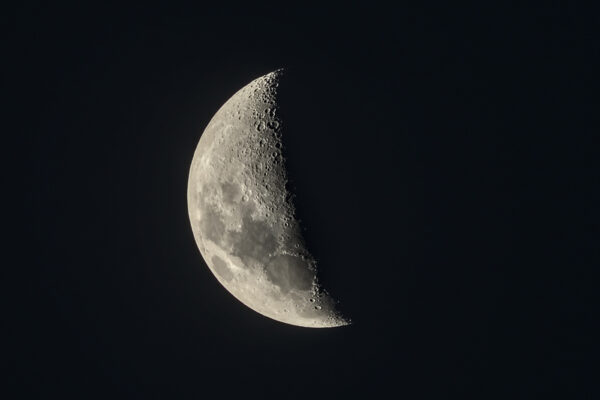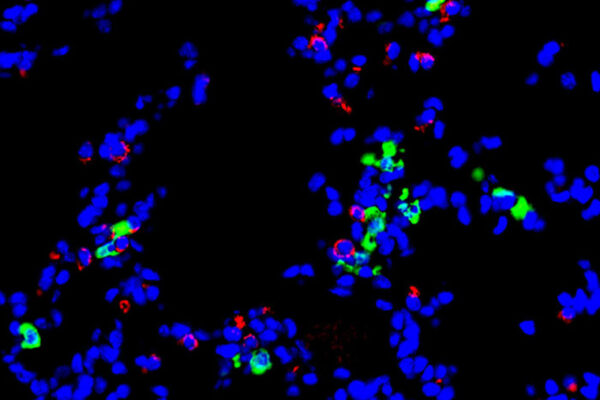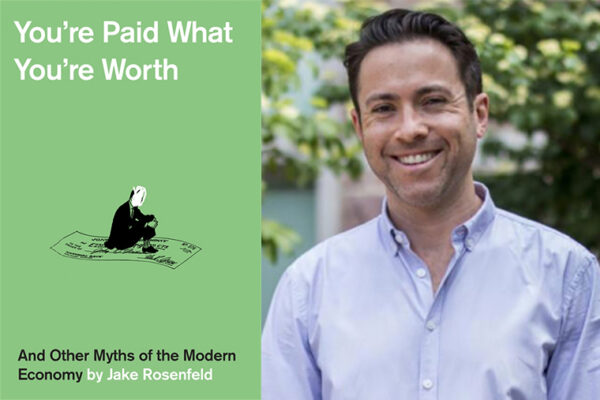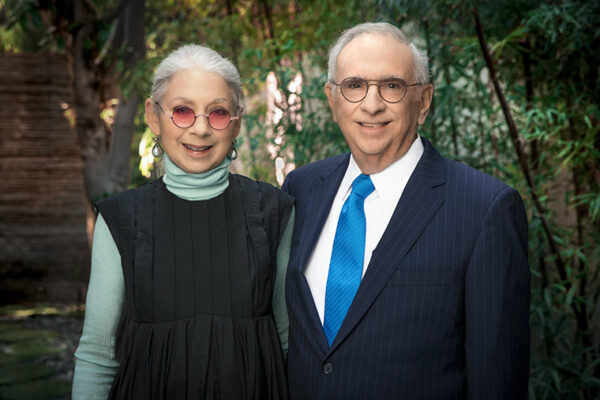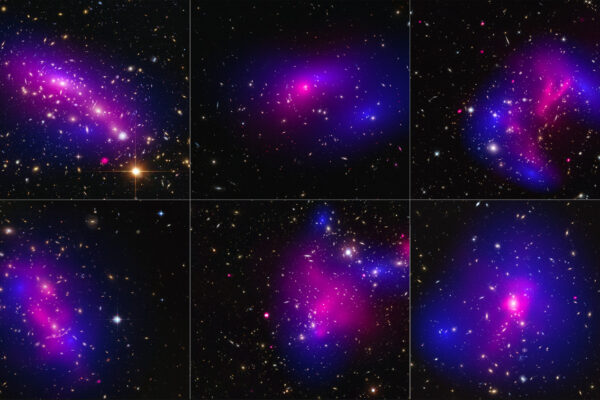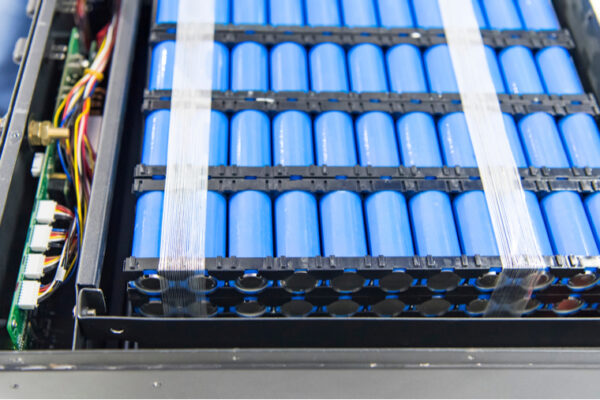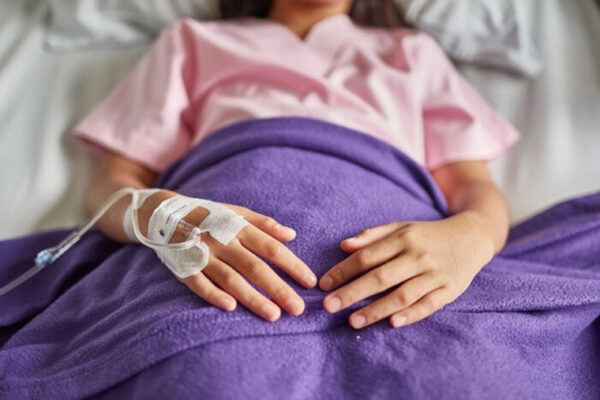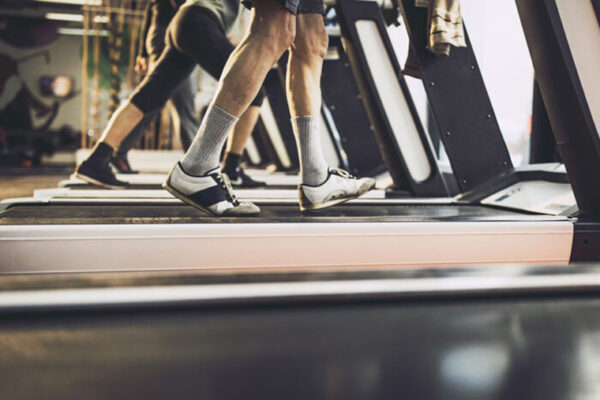Comparing pandemic spending patterns in U.S. and Israel
The pandemic is exacerbating preexisting social and economic inequalities in the U.S. and abroad, finds a new study from the Social Policy Institute at Washington University in St. Louis.
How WashU scientists are helping NASA study the moon
An Arts & Sciences research team will help build a rover-mounted drill sensor to quantify the 3D distribution of water at the moon’s south pole. The team includes local St. Louis company Impossible Sensing.
Immune cell implicated in development of lung disease following viral infection
Scientists at the School of Medicine have implicated a type of immune cell in the development of chronic lung disease that sometimes is triggered following a respiratory viral infection. The study was published in The Journal of Immunology.
‘You’re Paid What You’re Worth’
With his new book, “You’re Paid What You’re Worth,” Jake Rosenfeld, associate professor of sociology, challenges the idea that we’re paid according to objective criteria, while placing power and social conflict at the heart of economic analysis.
Zetchers provide major commitment for scholarships, paving the way for need-blind admissions
Washington University in St. Louis alumnus and emeritus trustee Arnold B. Zetcher and his wife, Ellen, have made a significant commitment to establish an endowed scholarship for undergraduate students, announced Chancellor Andrew D. Martin.
NIH awards $3.1 million grant for Washington University, St. Jude ALS research
Rohit Pappu and collaborator Tanja Mittag received $3.1 to study RNA-binding proteins that are mutated in patients with familial forms of ALS
Physicist Freese explores dark side of universe in McDonnell lecture
Katherine Freese, an influential scientist who is at the forefront of efforts to understand the universe as a whole, will present the McDonnell Distinguished Lecture. Her online lecture begins at 7 p.m. Thursday, March 25.
Simple tools reveal high-fidelity truth in lithium-ion batteries
New research from the lab of Peng Bai uncovers true current density — and the forces that shape it.
Clinical trial in children to investigate rare inflammatory disorder linked to COVID-19
Washington University pediatricians who treat patients at St. Louis Children’s Hospital are part of a major research effort to investigate how the novel coronavirus affects children and young adults, including its role in a rare but serious inflammatory syndrome.
Walking pace among cancer survivors may be important for survival
A new study from Washington University School of Medicine in St. Louis and the National Cancer Institute finds a possible link between slow walking pace and an increased risk of death among cancer survivors.
View More Stories

